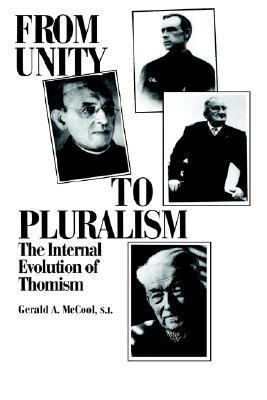What do you think?
Rate this book


248 pages, Paperback
First published January 1, 1989
Unfortunately for Maritain, later historical research has established beyond doubt that Cajetan's account of the three degrees of abstraction does not correspond to St. Thomas' own teaching. A new edition of St. Thomas' In Librum Boethii de Trinitate, Questiones quinta et sexta, published in 1948, led to a major revision of the accepted understanding of St. Thomas' theory of abstraction. Apart from the abstractio totius, abstraction of a sensible whole from its particulars required for any form of conceptual thought, the only other type of abstraction proposed by St. Thomas confines itself to the level of mathematics. This is an abstractio formae, the mind's separation of the form of quantity from the rest of the sensible whole which the mind disregards in mathematics. The being of the metaphysician is not grasped by abstraction at all. It is grasped through a negative judgment, the separatio, in which the mind affirms that all being is not material. Contrary to Cajetan's belief, analogy is not known prior to the metaphysician's grasp of being. Far from being a necessary condition for being's proper understanding, analogy itself is not understood until after the metaphysician has grasped being through the "separation" of his negative judgment. Thus the new interpretation of St. Thomas' own thought cuts the ground out from under Maritain's argument that metaphysics must be approached through the philosophy of nature.Fr. McCool's "new theology" treatment was, although brief, pretty good. I would've appreciated more discussion of Garrigou-Lagrange's "strict observance Thomism," but Fr. McCool obviously presents a history of "Jesuit Thomism," not "Dominican Thomism." E.g., Fr. McCool neglects discussing this particular aspect in his discussion of the "new theology" {Greenstock, T.O.P.'s "Thomism and the New Theology" The Thomist 13 (1950), 567-596, especially pg. 575-578}:
The position of the new theologians is very different from that of Aquinas. Their idea is that theological reasoning consists in using revealed truth in order to draw out of the full latent content contained in human truths--the contrary, in fact of the Thomist position. [...] Because the new theology has failed to appreciate this truth with regard to the theological conclusion it has also failed to realize the role of the merely human truth as an instrument of faith.Lastly, as I commented in my review of Fr. McCool's 19th century equivalent of this book, Edward Feser (author of Aquinas: A Beginner's Guide ) says, however: "McCool rejects the notion of a perennially valid core to Thomism." As a rejoinder to McCool's "controversial interpretation" of the history of Thomism, he suggests John F. X. Knasas, ed., Thomistic Papers VI (Center for Thomistic Studies, 1994).